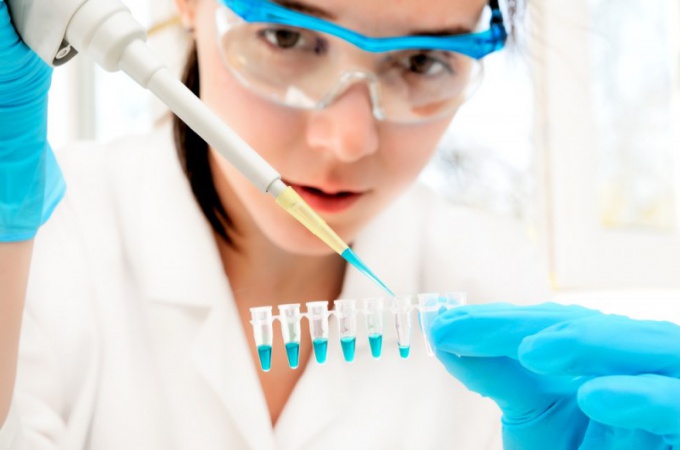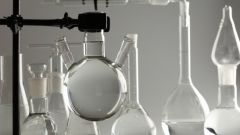Diagnosis of chromosomal diseases
Karyotyping is the study of chromosomes, that is, its karyotype. Correct human karyotype consists of 46 chromosomes. 44 of these chromosomes are identical in structure, and 2 are responsible for the difference of sex. Diseases, which are accompanied by pathological changes in the karyotype are called chromosome. For example, down syndrome. The karyotype in this disease consists of 47 chromosomes, the extra chromosome is responsible for the disease.
The need for karyotyping
The doctor prescribes karyotyping to couples after several unsuccessful pregnancies in women. The variation in structure of chromosomes at unsuccessful coincidence of genes of the parents may be the cause of infertility, miscarriages and birth of children with genetic diseases. Karyotyping allows to find out the cause of infertility and to make a prediction of the probability of the birth of the couple of children with chromosomal pathology.
Analysis is recommended to people with genetic abnormalities in the family and human exposure factors that can cause mutations.
Karyotyping do not need to be couples who are at the initial planning stage of pregnancy. Such analysis is usually carried out once in my life, as a human karyotype unchanged.
Some diseases do not always mean the birth of sick children. In this case, during pregnancy is a special procedure that allows to study the karyotype of the fetus. The procedure is performed on cells taken from fetal membranes. In the presence of gross changes, the pregnancy is terminated.
How is karyotyping?
A karyotype is a very complex and lengthy procedure that is performed only in specialized institutions – reproductive center. For analysis are often needed venous blood from which later secrete lymphocytes, rarely take the cells of the bone marrow or skin.
An important feature of the analysis is that the material should be examined immediately upon receipt, as there is a likelihood of cell death. After receiving the desired cells, they are sent to a special incubator and add a substance that causes cells to proliferate by division.
Then you add the substance is colchicine, which stops cell division. After that, cells are stained with special dye, and under the microscope, you can see chromosomes in the cell nucleus.
The karyotype of the cells is chaotic, so his specialist photographs and maps, the positioning of the chromosome pairs. Then the analysis.
The results of the study, you can learn in 1-2 weeks.


